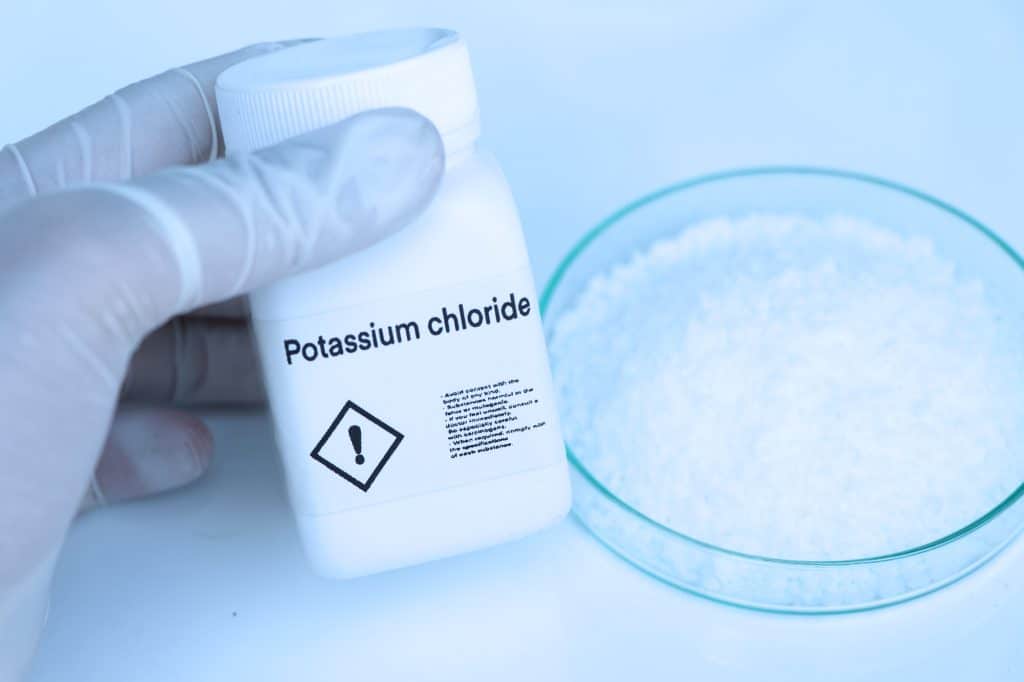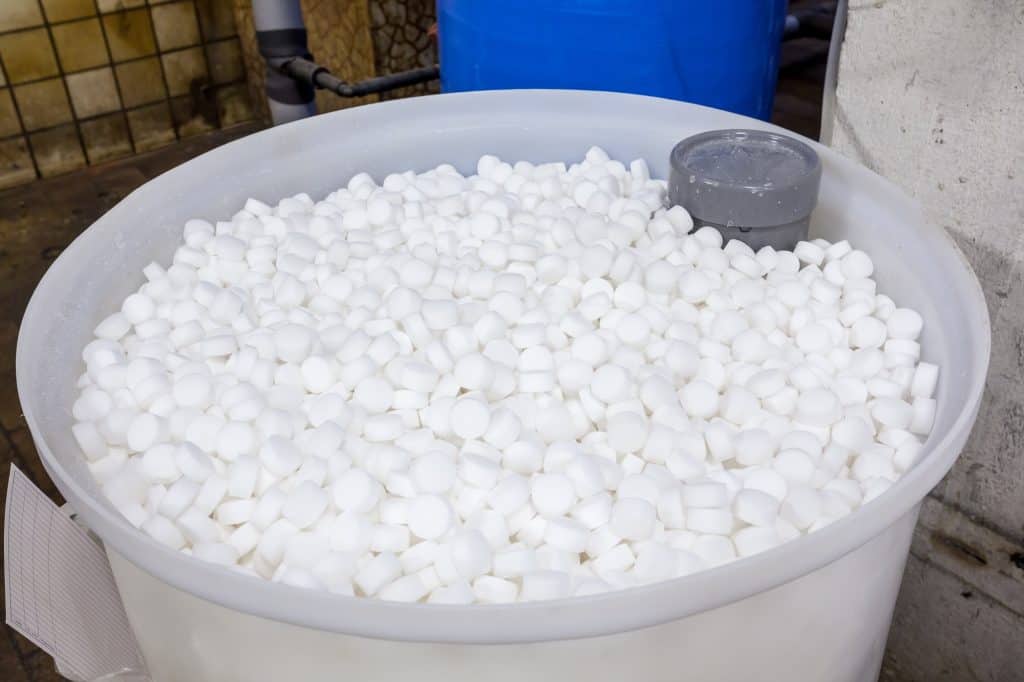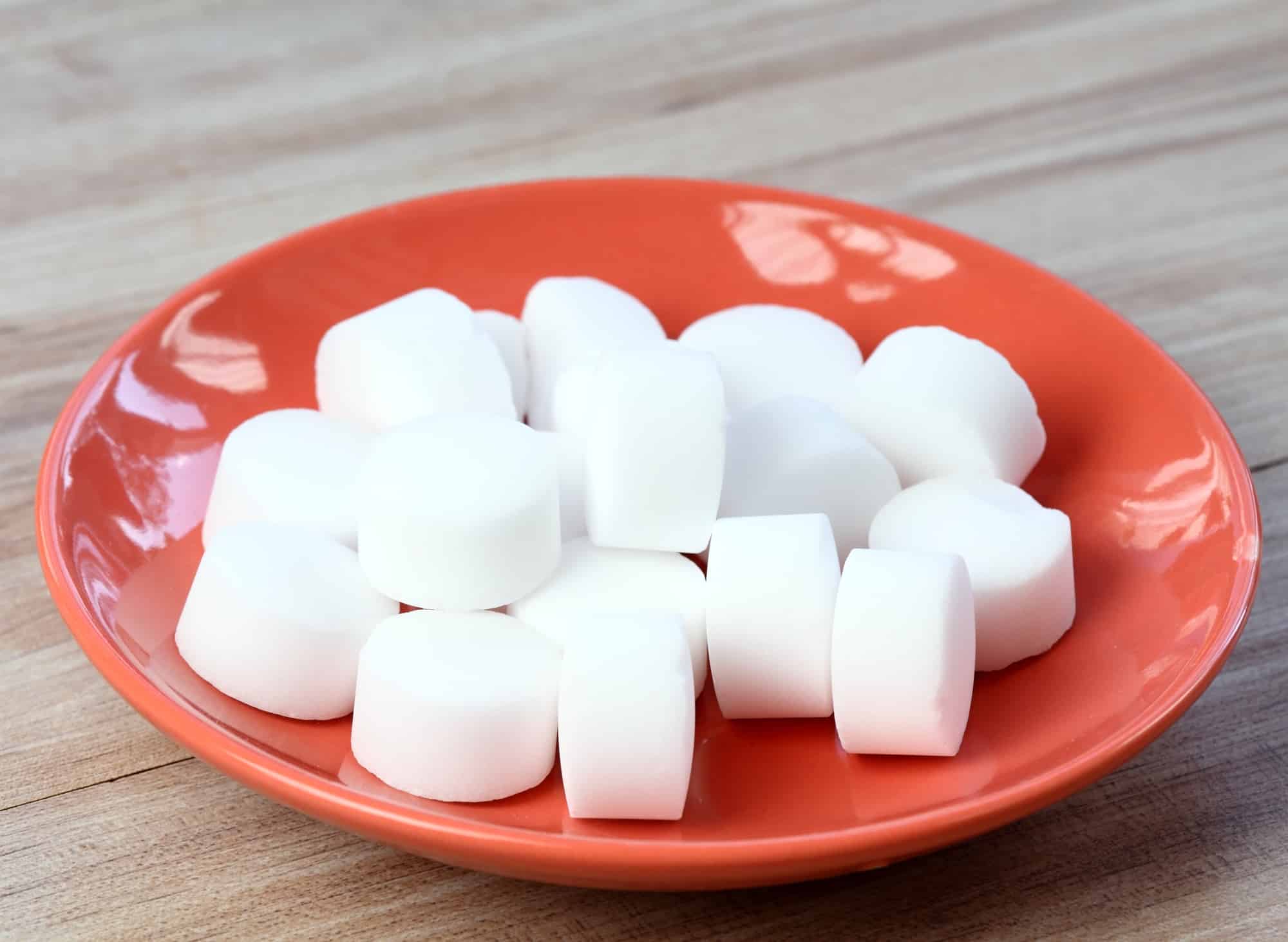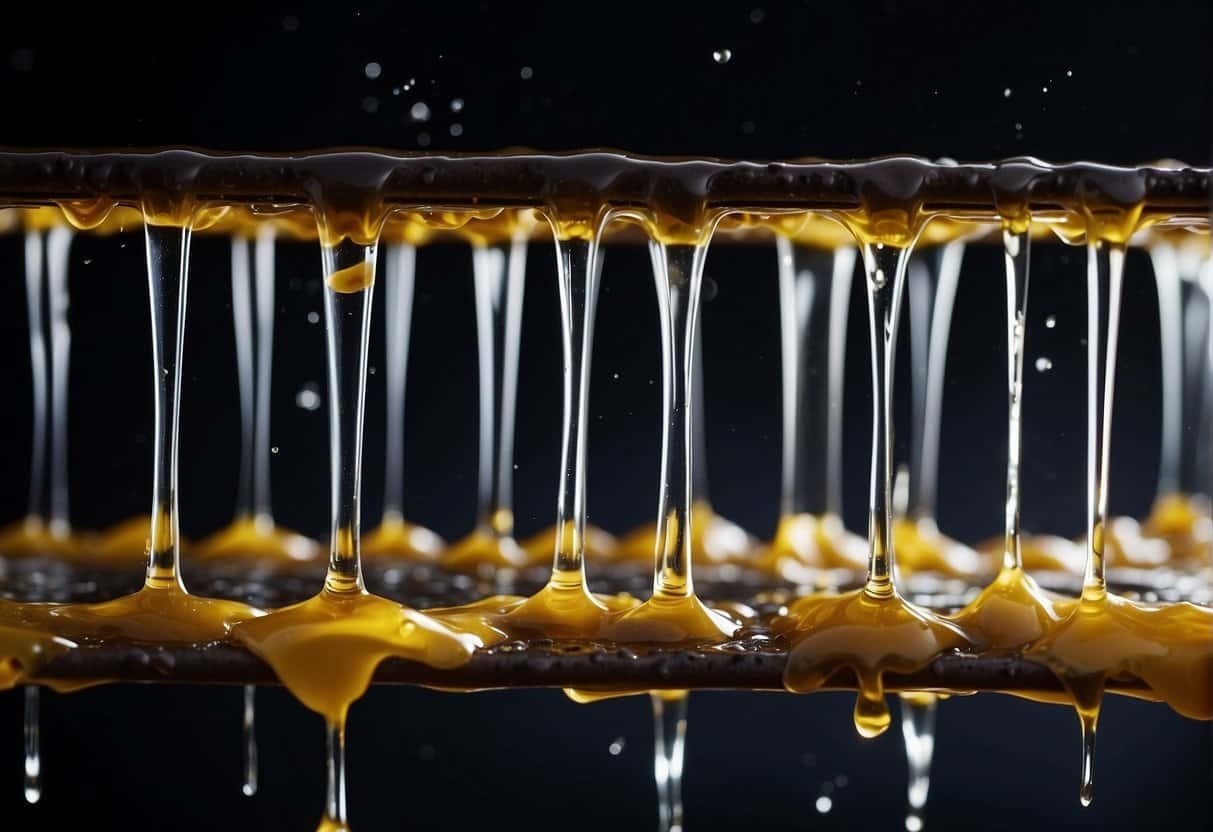I live in a hard water area, and one of the best ways to eliminate the problems associated with hard water is to install a water softener system. Potassium chloride and salt (sodium chloride) are two options used in these systems, but potassium is much cheaper. Some people mix the two, but is that safe?
You can mix potassium AND salt in a water softener, and it’s safe, as it can be a great way to reduce your expenses. It’s also a good option for those on salt-restricted diets. The water softener will yield the same results, albeit less efficiently than if only salt is used.
Read on to learn more about how you can mix softening salts and the benefits of doing so.
Can You Mix Potassium Chloride and Salt in a Water Softener?
You can mix potassium chloride and salt in a water softener, which is completely safe. The two softening salts will not react with each other or affect the quality of the final product of the system.

The water softener system will make the same amount of brine regardless of which softening salt you use so that you will get the same results. (Source: GE Appliances)
Some studies also show that mixing sodium chloride with potassium chloride improves the taste of the solution by reducing the bitter metallic taste associated with potassium.
Additionally, potassium is relatively more expensive to use because it is not readily available like table salt and is less efficient as well. (Source: National Library Of Medicine: Taste Properties Of Potassium Chloride Alone)
If you mix potassium and salt in the water softener, you’ll find that the water hardness will need to be adjusted because salt is much better at removing hardness, and systems using potassium chloride are typically set at a higher hardness setting.
Many people prefer to mix the two instead of using salt alone because they need to watch their sodium intake for health purposes. (Source: FDA: Sodium in Your Diet) . This doesn’t bother me, since nobody in our house needs to watch their sodium, but it’s something you should know.
It’s also worth noting that sodium levels in the water don’t increase unless you’re using exceptionally high levels of salt, so this shouldn’t be a health concern for most people.
Switching From Potassium Chloride to Salt: How To Do It
You may decide to switch entirely to salt if you find that the cost of potassium chloride is too expensive, inefficient, and tastes bad. Luckily, most systems are programmed for use with sodium chloride because more consumers prefer it.

Note: When adding salt to the water softening system, you shouldn’t use table salt because it’s typically iodized. Only used pure sodium chloride, which will usually come labeled for use with water softening systems. (Source: Scientific American: Salty Science: Is There Iodine in Your Salt?)
Making the switch is not overly complicated, as you can do it safely if you check with your doctor first. Here’s how to make the switch from potassium chloride to salt:
- Check with local authorities to ensure there are no restrictions on the use of sodium chloride.
- Consult your doctor to ensure you do not need to restrict sodium intake, but don’t switch to salt if your doctor advises against it.
- Reduce the hardness setting on your water softening system by 25% to account for the increased efficiency of salt.
- Add salt to your brine tank, and check it once a week for the first month.
- Note how long it takes before you need to add more salt and add it regularly.
- When adding salt, only add a third of the amount of potassium (by weight) you usually add.
As you can see, both potassium chloride and sodium chloride are excellent softening salts that can be interchanged and also mixed safely. So, you can choose the softener of your preference, keeping in mind their pros and cons.










